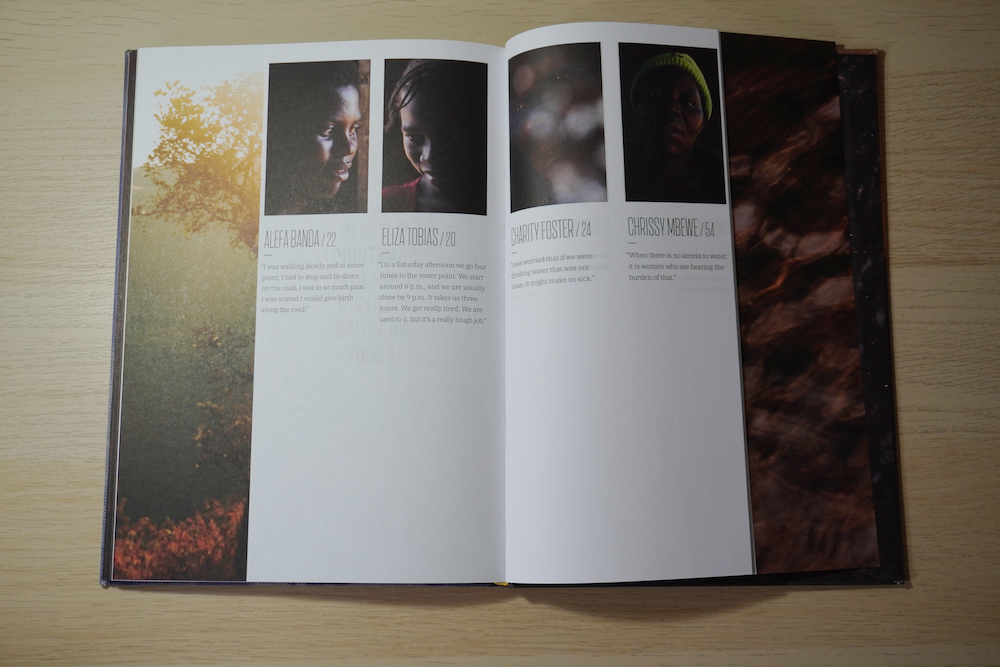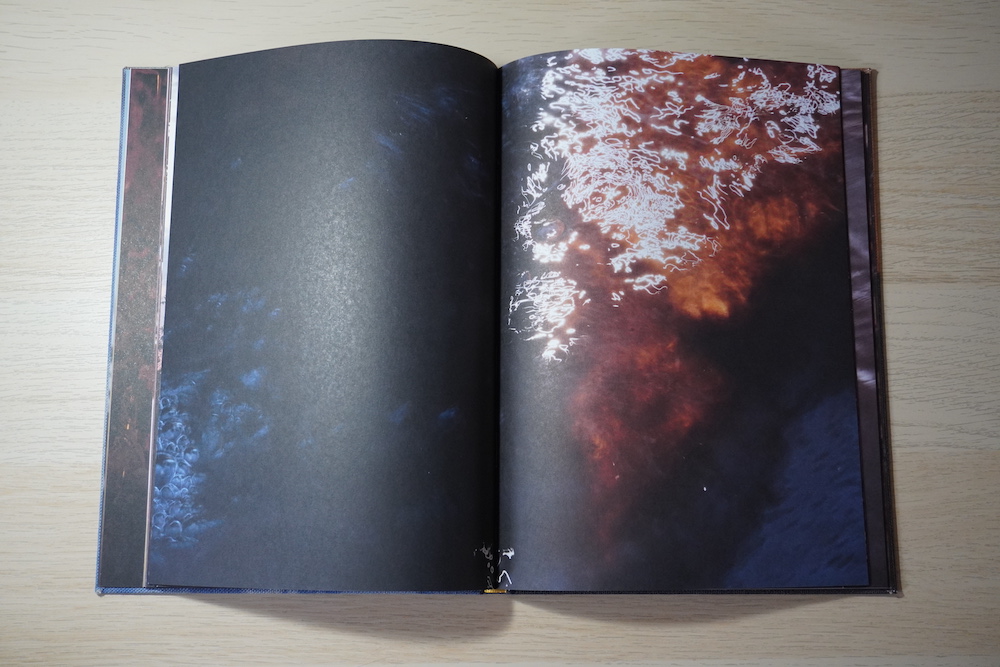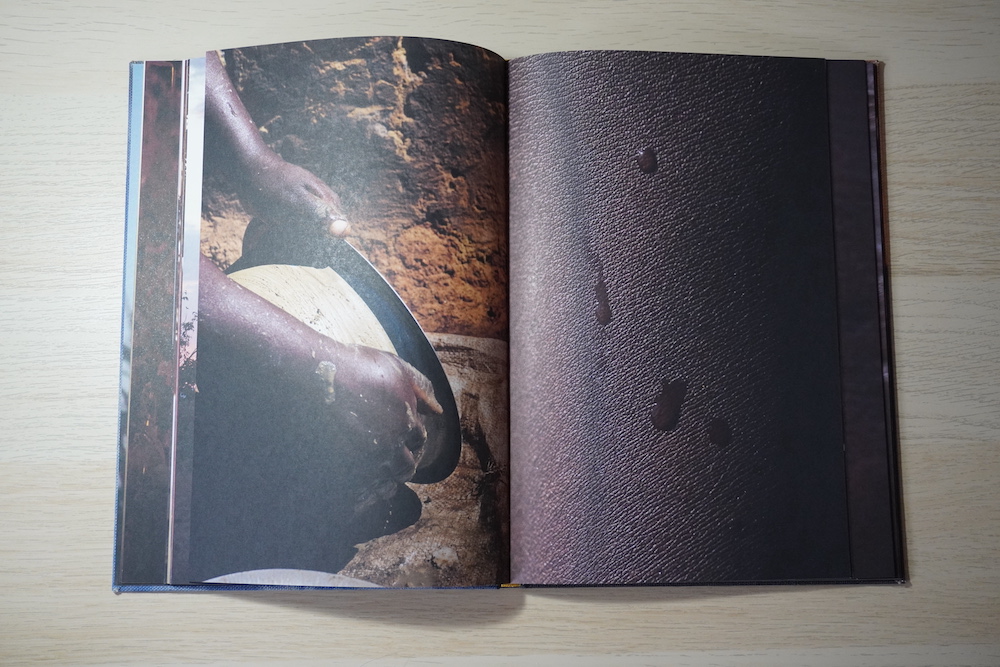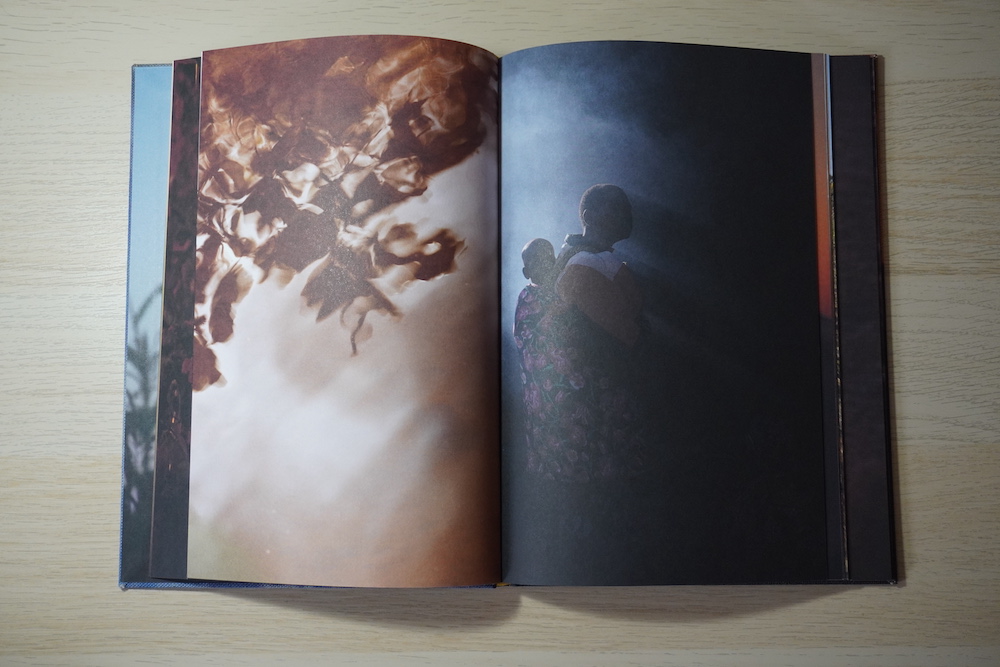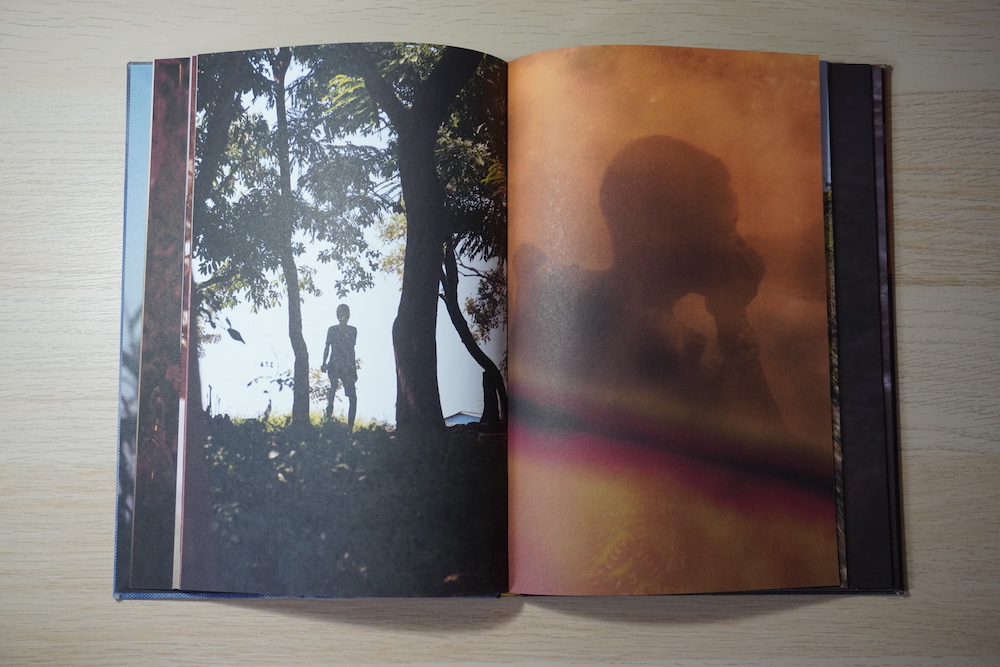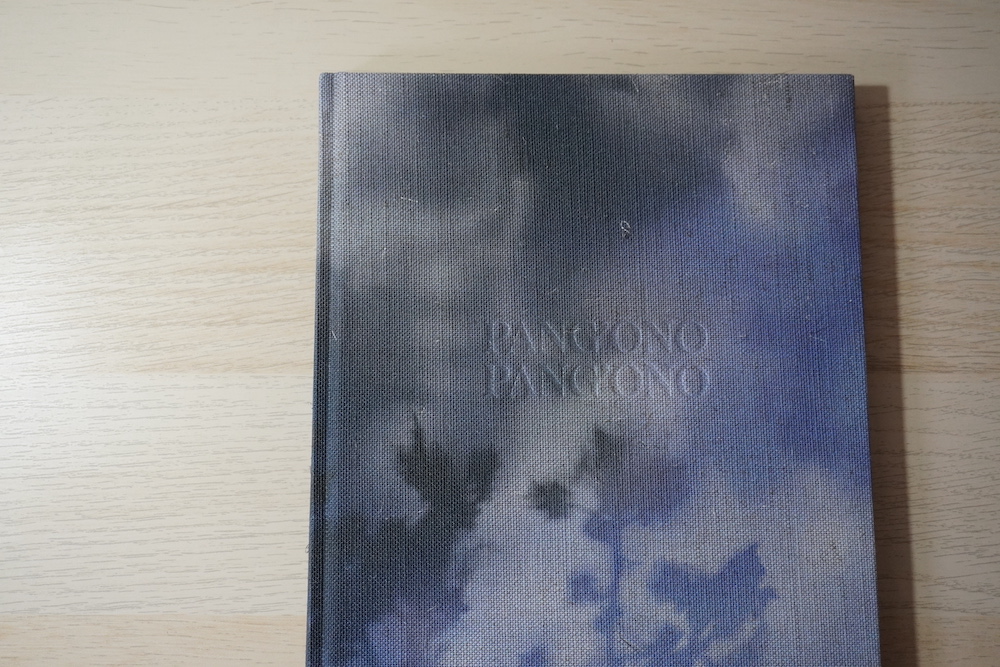Pang’Ono Pang’Ono: Laura El-Tantawy
Laura El-Tantawy’s latest photobook, Pang’Ono Pang’Ono, amplifies the story of a group of Malawian women – particularly those on the cusp of motherhood – in their daily struggle to access clean water.
Although water-rich, with around 24,404 square kilometres of water flowing through its fertile land, one in three people in Malawi live without access to clean water. Collecting water is a responsibility which often falls to women – globally, women and girls are responsible for collecting water in 8 out of 10 households which don’t have water at home.
In the village of Chimwala, Malawi, some women fetch water by night to avoid long queues during the day. Despite frightening encounters in the dark, they have no choice. Nearly one in four healthcare facilities in Malawi operate without clean water. More than half have no hygiene facilities.
In Ntchisi District, Malawi, villages such as Chimwala are largely situated a few miles from healthcare facilities. Expectant mothers are encouraged to stay at clinic lodgings, closer to these facilities, at least a month before their due date. These are known as ‘guardian shelters’. Water shortages at these shelters put the health of the attending guardians, pregnant mothers, and their babies, at risk.
Pang’Ono Pang’Ono – the latest photographic project by acclaimed artist and Contemporary Heroine Laura El-Tantawy, explores the emotional and physical toll on women in Malawi in their quest to access clean water. The title, Pang’Ono Pang’Ono, or ‘little by little’, is borrowed from a colloquial Chichewa expression referencing time and urging patience – used here to metaphorically reflect on the sentiment surrounding water.
Throughout her career, Laura has developed many of her projects over a number of years. Produced over a period of 9 days working in the field on commission for WaterAid , Pang’Ono Pang’Ono is an exception. However, while the 9 day project window indicates a departure from Laura’s usual approach, the results are no less subtle and complex than her other series.
Replete with visual motifs such as silhouettes and shadows, the images in Pang’Ono Pang’Ono oscillate between ambiguity and clarity, reflecting the precarity experienced by the participating women. Via streaks of sunlight rippling across water, and the pinprick shine of droplets on skin, previously overlooked stories emerge.
This dreamlike, sensual imagery interweaves with arresting portraits and detailed observations of the women’s environment, such as a row of colourful containers devoid of water. The book realises its message in full via a concluding booklet of testimonials from Malawian women, who share their experiences and express their concerns for the future. Delia Laiford, 56, a grandmother, describes;
“Water is something I wake up everyday worrying about. I have so many worries — it’s like I have nowhere to run to.”
Some positive change has begun to occur. WaterAid Malawi have been working with healthcare facilities across the country since 2014. They have recently installed new facilities in four health clinics – which serve around 317,000 patients – and provided clean water at a further six healthcare centres across Ntchisi District.
Alongside this self-published volume, the series has culminated in a large scale outdoor exhibition along the Thames (London, March – April 2023). Laura’s original photo essay for WaterAid can be read here; the complete book is available to purchase here.

